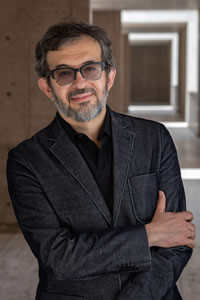Education
MSc in Neurobiology, Weizmann Institute of Science, Israel
PhD in Psychology, University of Virginia, USA
Postdoctoral Fellow in Vision Science, University of California at Berkeley, USA
Awards & Honors
- Inaugural Award (“Vision science for dynamic architecture”) from the Academy of Neuroscience for Architecture (2013)
- Invited Founding Member, 5D Institute for Immersive Design (2011)
- Fellowship (“Towards an economic theory of neural function”) from The Swartz Foundation (2008)
- Fellowship (“Making sense of motion adaptation”) from National Institutes of Natural Sciences (Japan, 2007)

